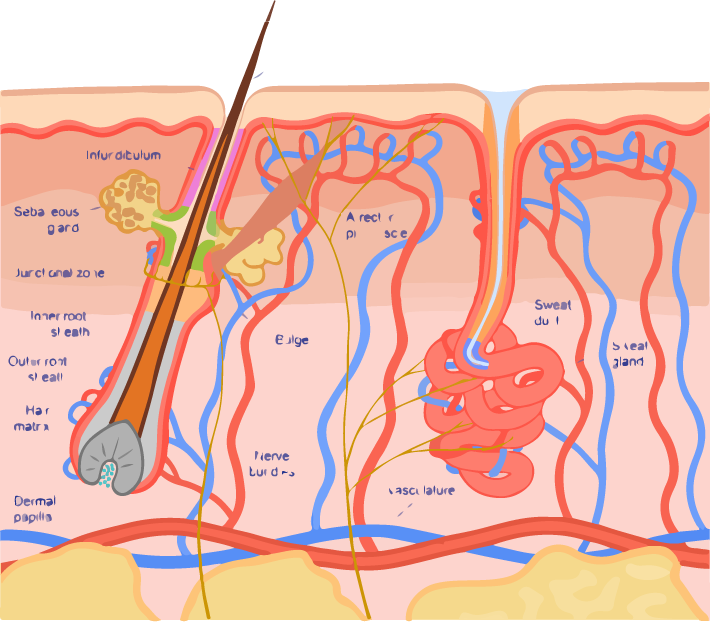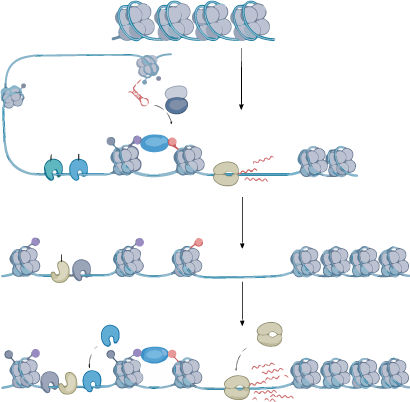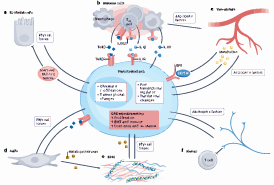연구내용
[심포지엄] 2024 기조연설: Our fascination with skin - Elaine Fuchs
 |
|
2024 SUHF 심포지엄 기조강연: 일레인 퓩스 (록펠러 대학교)
|
During my graduate studies at Princeton, I heard a seminar by a professor at MIT, who was able to culture cells from human skin that could be passaged many times and still make skin. He called them keratinocytes, but these were the first stem cells ever to be cultured. Our adult stem cells are what enable our tissues to make and repair themselves. In the skin, our epithelial stem cells are responsible for making hair and for producing and maintaining the barrier that keeps harmful microbes out and retains our body fluids. The skin is our first line of defense between the body and the outside world, and as such, its stem cells must withstand the daily barrage of assaults our skin is subjected to, including scrapes and scratches, the sun’s UV rays, pathogens, toxic chemicals and extremes in temperature. A skin stem cell’s longevity and capacity for proliferation also makes these special cells vulnerable to accumulating mutations that can ultimately give rise to skin squamous cell carcinoma, one of the most common and potentially life-threatening cancers world-wide.
I went to MIT to train with this professor, and in my own laboratory, we have been dissecting the molecular mechanisms that underlie these various features of the skin and its stem cells. We use high throughput, state-of-the-art technologies to uncover their mysteries—How do our stem cells provide us with a brand new body surface every 4 weeks time? How does a wound heal, and how do the stem cells know when the wound is healed? In common chronic inflammatory disorders like psoriasis or atopic dermatitis, what causes the skin to suddenly become inflamed and why sometimes years later, does inflammation recur in the same place as before? The phenomenon suggests that the skin can remember that it has encountered inflammation before, but what is this memory and how does it work? Finally, what goes wrong when a stem cell acquires an oncogenic mutation that sets it on a path to cancer? I will address some of these questions in my presentation, and explain some of the experiments that we’ve done to find the answers. Our ultimate hope is that in understanding how this essential body tissue works, our studies will provide avenues for new and improved treatments for human disorders not only of the skin but of other barrier epithelial tissues, such as our oral tissues, lung and intestine.
My journey towards this goal continues with the same level of passion as I had when I first began my career. In science, if you continue to ask questions that you truly want to know the answers to, it is impossible to lose your motivation and your excitement.
[심포지엄] 세포벽의 구조적 특성과 세포 기능 사이의 유기적 관계 규명
[우수성과 100선] RNA 간섭을 통한 암 유발 조절에 필수적인 인간 다이서 효소 구조 규명


